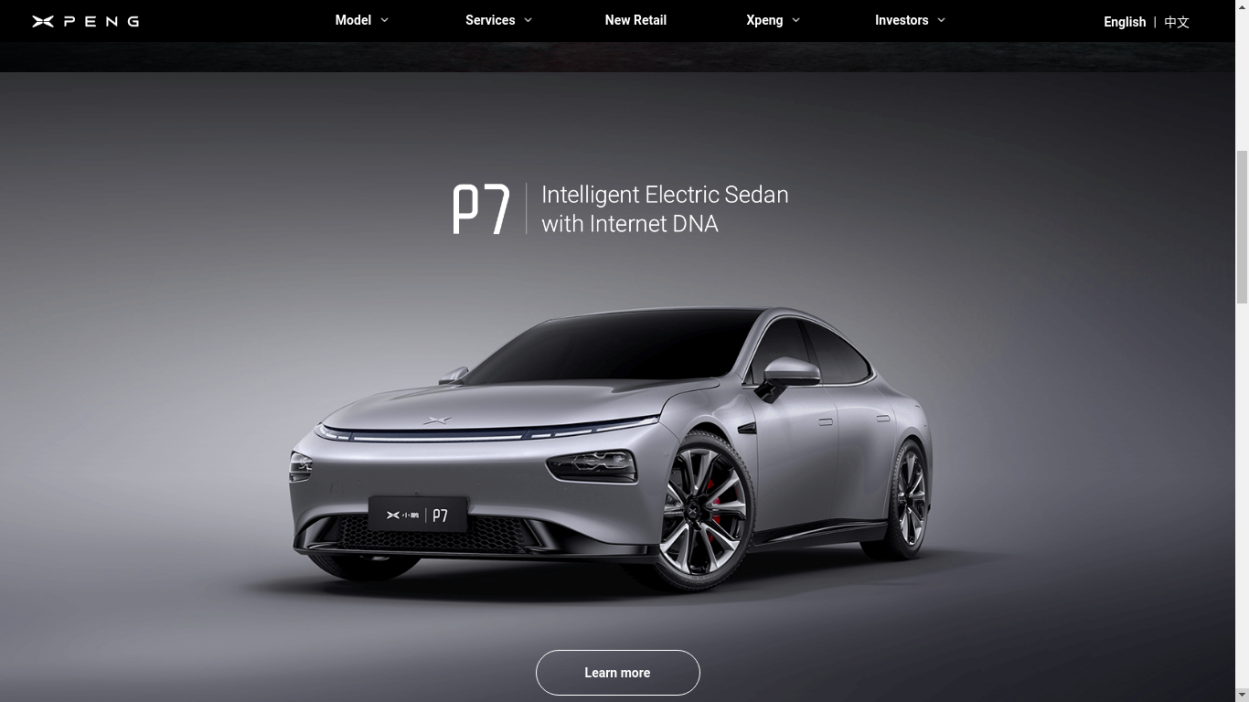Hello, if you are familiar with our work, then please scroll down a bit, otherwise, a short intro. Aim2D is the China “News” arm of our MarTech company. Our Aim is to provide foreign firms interested in China with useful, informative China business information, news and social trends so they can make better informed China business decisions.
One of the themes that constantly flows though our articles is brilliant User Experience and fantastic customer relationships. Because, quite simply, they are critical to your business success in China. We’ve also said umpteen times in the past 20+ years, that Chinese consumers are rather picky, especially when it comes to quality and service.
Maybe in your home market you can get away with less than ideal service and customer support, treat the shopper like an expendable product to be exploited. Not in China. Not if you want to last longer than that UK lettuce.
At the risk of sounding like a broken record, Chinese customers like to be wooed They want to feel part of your brand. They need to feel valued.
Ignore that at your peril.
To underscore this philosophy or sage advice, today we’re taking a look at a large, global coffee chain that came to China with trumpets blaring and dreams of being the queen of coffee shops here. And it all went well to begin with.
To a no small degree, because there was limited competition, next to none of that was local, and China was at the edge of opening up, anything “foreign” was hugely interesting to Chinese.
We are talking about Starbucks, the cafe giant who came to China and immediately became the darling of those who like to be seen. Starbucks in turn announced the opening of xxk news stores year on year. They spread like mint in a flower garden. Of course they had competition Costa and McDonald’s launched their in-store cafes, as is KFC. But it was still pretty much Starbucks crown to lose. They were the star attraction of the show.
Starbucks brought coffee to China circa 1999, but, unlike KFC, they kept the same recipe for everything – including menu, store design, layout – as they had in their global chains. KFC on the other hand, adapted to local tastes.
Chinese, new to the western culture enjoyed the alternative experience – much as perhaps we (used) to enjoy Japanese restaurants. Not so much for the food, but for the ambience – for a few hours – and a lot of dollars – one could feel like one was in Tokyo. For true converts, Japanese interior design was also popular. Love knows no limits. Or does it?
Then the inevitable. Local cafe’s with barista’s and managers either ex Starbucks or having trained overseas sprung up to challenge the imports. Despite it’s size and experience, Starbucks came under intense pressure from local brands who were prepared to sacrifice short term profits for long term customers.

Eventually, the awe wore off, it was no longer quite so “in” to be seen parked in the street front window with your Apple notebook logo shining out to the mere mortals walking past outside. Local brands started catering more to Chinese tastes. This and lower prices began to eat into Starbucks profits. However, for reasons known only to themselves, Starbucks failed to see the writing on the wall and continued with their own policies. Foolishness or arrogance?
Either way the result was that soon Starbucks was under intense fire on China social media. Not just for its high prices but poor quality and appalling service.

Now, how much truth there is in the last claim is debatable but when you are under fire on social media, you need a very fast, proactive strategy to diffuse the situation. One disgruntled customer can, on social media, quickly spread to a fire of 100. Or, in China, an inferno of tens of millions. Which is where Starbucks found itself, fighting in Hades with just a garden hose. Today, Starbucks continues to lose ground, lose money and lose Chinese consumer support.
“While Starbucks once thrived on creating a sense of community and atmosphere, cost-cutting and a shift toward profit-oriented strategies since 2018 have diminished these experiences, eroding the brand’s recognition among consumers.”
Source: Sixth Tone
We have today focused on Starbucks because it is an easily recognisable brand and one most readers can easily ID with. It’s also a current crisis. But, it can and has ( ask Mess’rs Dolce&Gabbana ) happen to anyone.
So yeah, it CAN happen. But it doesn’t NEED to.
Somewhere at the start of this piece, we mentioned Chinese consumers are fussy, they like to feel valued, respected – that User Experience – UX and customer relationships are paramount to success here.
IGNORE THAT AT YOUR PERIL
You can read the full Starbucks saga with out friends at Sixth Tone – frankly – we strongly suggest you do as it contains important background and information.
Please, click anywhere in the image below to gain free access to this article.
If you are considering China as your market, you should also consider a free subscription to Sixth Tone – as your window for what currently impacts your potential Chinese customers.
Alternatively – better still – also, contact Everlune Yu to talk about your brand and plans for China. It’s also a free chat, no strings attached.
If you’d like to chat or need advise about negotiating the complex China marketing landscape, why not book a free, confidential, short chat with Everlyne Yu -CEO and founder of Uengager? Could be the best value 20 minutes you ever spent~
Contact us
Visit us
Tsinghua Xlab, Haidian District, Beijing
China
Get in touch
support@uengager.com
(01)-186-1176-5649








Leave a comment